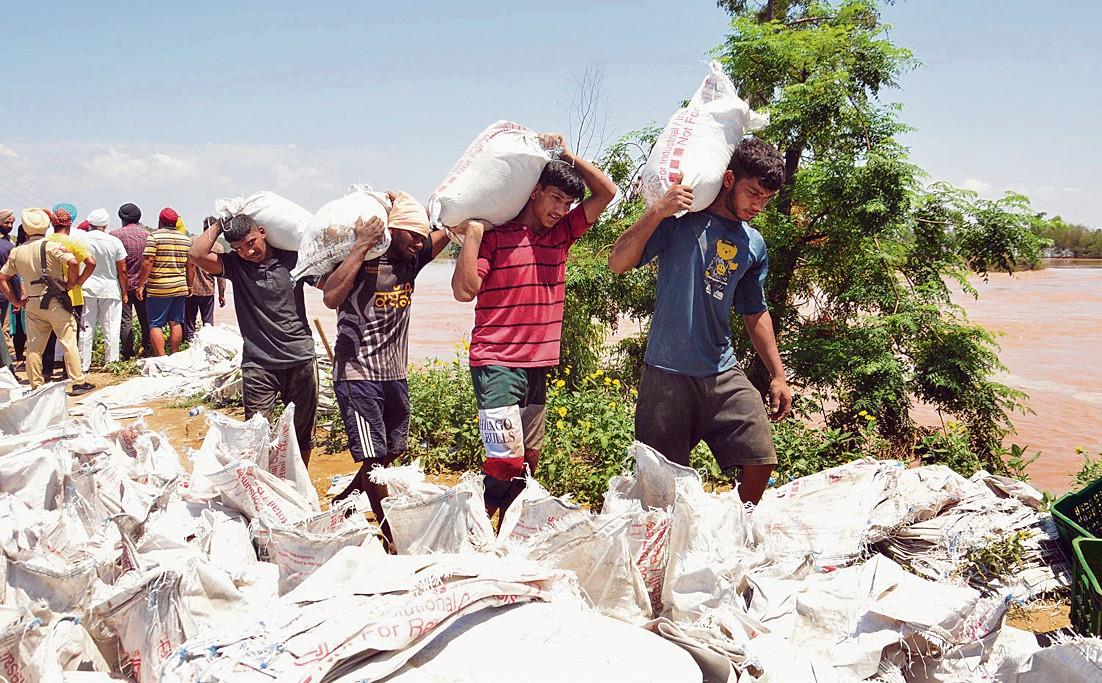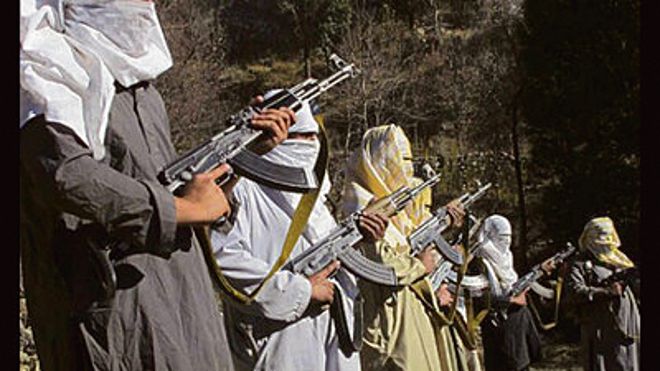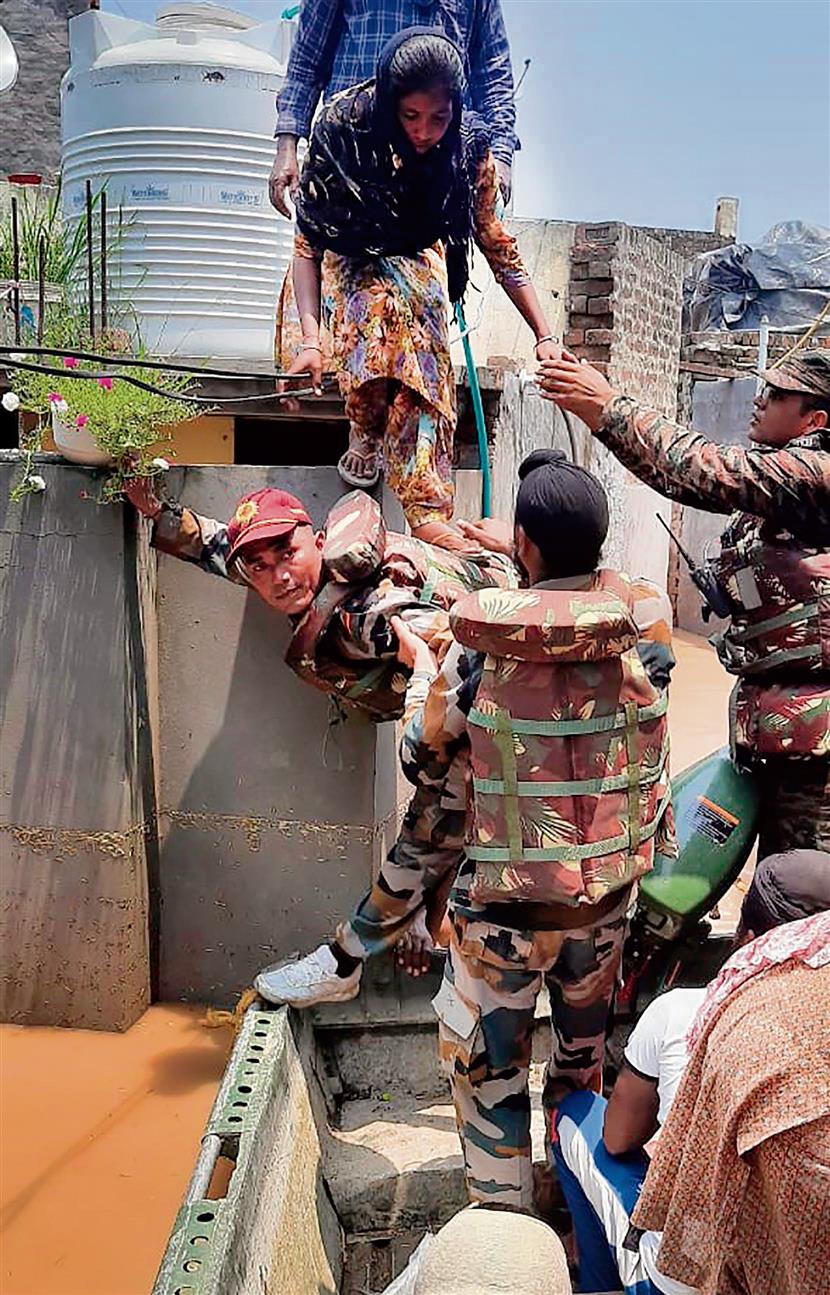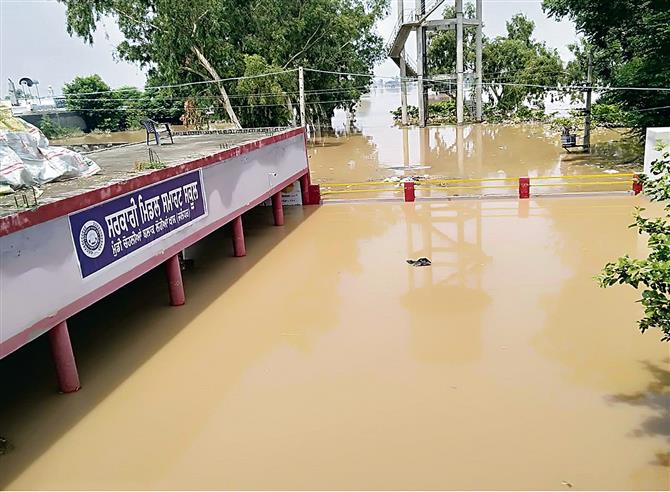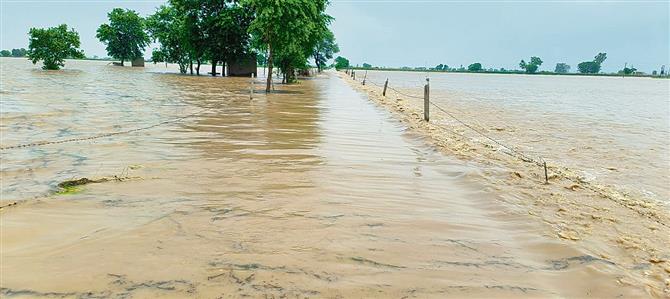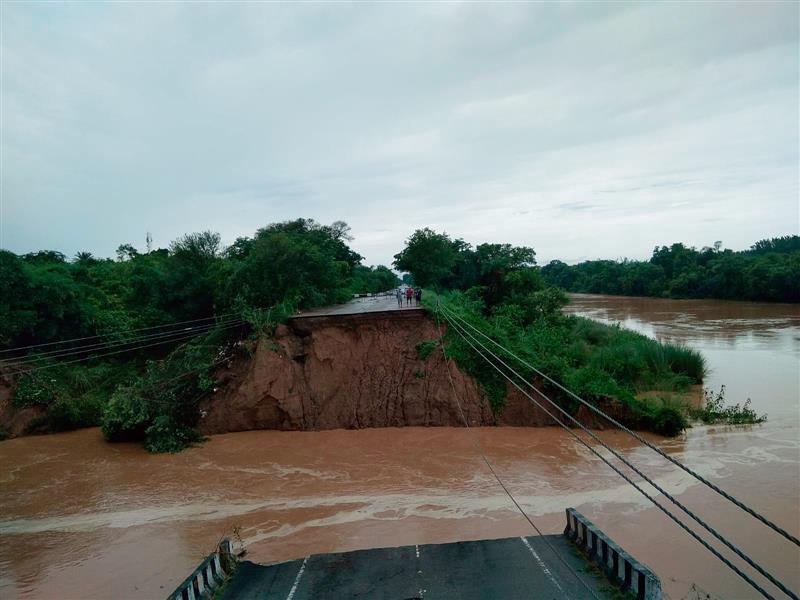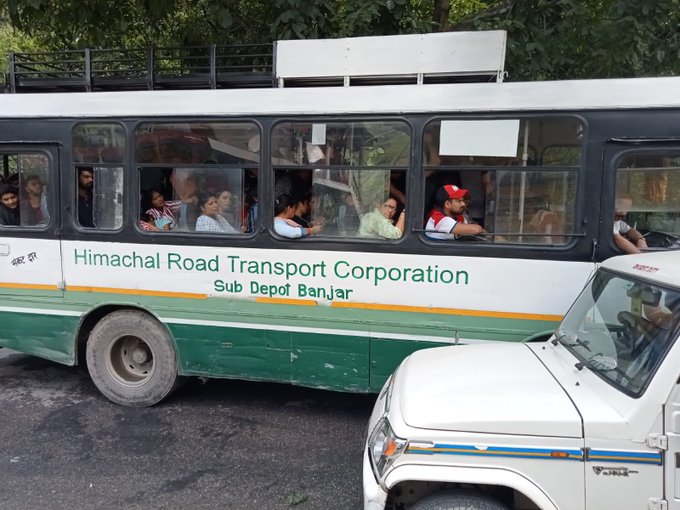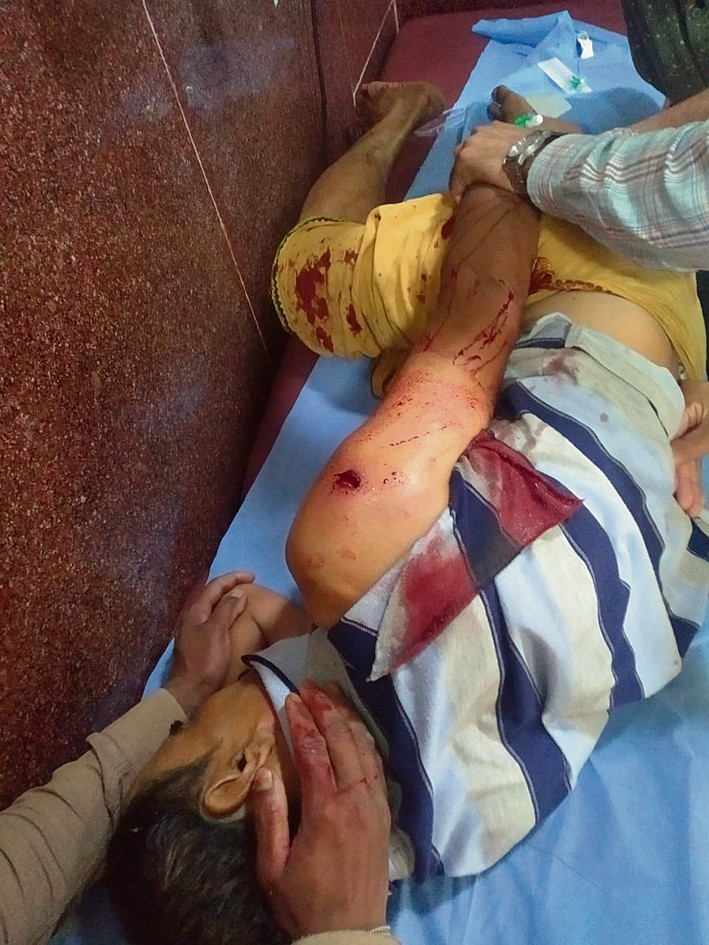Lt-Gen Harwant Singh ( Retd )
If name alone could deliver, then all else becomes redundant and in fact superfluous. Will the term Agniveer serve the purpose! Before bringing in a change, in an existing system, particularly any drastic recasting of it, the first and foremost point is that some drawbacks or failing should have surfaced in the prevalent system.
Before an existing system of recruitment and service conditions, particularly one, which, if has been delivering well in the past, is dumped, it must be properly assessed and analysed. At the same time when we adopt a new system of recruitment in the military, namely, Agniveer system, the underlying rationale for the change should have been spelled out. Did those recruited under the previous system not perform well during 1965, 1971 and Kargil war! If those recruited under the existing system and service conditions measured up to the required standards, then there can hardly be a requirement for its change. At the same time a whimsical attempt at change can result in failures.
During the early eighties, a view was projected that the officer selection system required change. Army Headquarters did not go in for any change before examining, in detail, the existing system: its drawbacks and failings if any. A committee was formed to examine the officer selection system and recruitment of other ranks, under the chairmanship of the Central Army Commander
I was the Chairman of the sub committee tasked to examine the officer selection system and recommend changes etc, if so required. I spent time with, Selection Boards, Commandant Indian Military Academy and number of commanding officers. Then a questionnaire (with couple of dozens, questions) was forwarded to 300 commanding officers, who had commanded units during 1965 and 1971 wars. The questions related to performance of young officers both during peace and war, their probity, leadership skills and competency. To avoid subjectivity, commanding officers were not to note the names of their units in response to the questionnaire. The feed-back from commanding officers, IMA and Selection Boards was positive: calling for no change in the selection system. I gave a presentation to the Chief of Army Staff at Army Headquarters on the outcome of my study, which resulted in status quo of the existing system.
The point is that no change should be brought about for the sake of change. Unfortunately a drastic change in the enrolment of other ranks in the defence services have been brought about without proper and known examination of existing system, it's efficacy in terms of performance of those inducted into defence services through this system, during various wars and peace time. Nor was the issue adequately debated within the services.
Soldiering is unlike any other profession. It calls for total dedication, commitment to a cause, acceptance of extreme hardships and ever willingness to sacrifice one’s life. Camaraderie, and regimental spirit are essential requirements in a soldier and to build these requires time, good leadership and right motivation and appropriate environments.
Under the changed recruitment system, an Agniveer is to serve for a period of 4 years ( including one year of training ) after which only 25 percent would be retained and the remaining 75 percent discharged from service with, one time monetary grant of Rs 11 lakhs. Those retained would serve for another 15 years only. So far it appears that the first 4 years would not be counted. The catch in this being that if at some future date courts were to order the inclusion of these four years, the total service would be 19 years, which would be one year short of earning fifty percent as pension of last pay drawn.
Much talked about background to the decision for bringing in this system is the excess burden of pension of ex servicemen. If that is the underlying reason for this drastic change ( whose efficacy is suspect ) then it shows a pronounced bias towards a soldier. The pension bill of all Central Police Organisations ( CPOs ) and state police is many times that of soldiers. A soldier and a policeman ( from CPO ) when both reach the age of 60 years, the policeman would have received Rs 18 lakhs more than a soldier, ( at the existing rates of pay and pensions ) Thereafter, a soldier’s life ends while policeman caries on for another 7 to 8 years and continues to draw his pension.
It would be in order to note here that the life expectancy of a soldier in India, is around 59-61 years while that of policeman and others is around 67-68 years, while those from the railways, it is 71-73 years. The main reason for the shorter lifespan of a soldier is early retirement, less pension and increasing financial worries due to added expenditure on children’s upbringing and education etc. Many MPs and MLAs draw not one but six to seven pensions. Why should any country baulk from paying soldiers their legitimate meager pension, more so when he is retired at age 35-37 year.
One needs to look at another aspect of Agniveer concept. Even if one is to overlook the existing deficiency of 2 lakhs personnel in the army, on an average around 60000 retire every year and therefore, that is the number to be recruited each year. However last year only 50000 Agniveers were recruited. Therefore, this year the vacancies would be 70000 ( against those retiring- 60000 plus 10000 less recruited last year. ) After 4 years, when 75 percent from these Agniveers from the first batch will be discharged, the vacancies will be 60000 plus 38500. That works out to 98500.
During next 12 years these figures will keep increasing. Therefore facilities for training such a large number of recruits will have to be created and all that will cost substantial amount in terms of facilities and training staff. Therefore, after 12 years of introduction of this system there would be 3 to 3.5 lakhs Agniveers in their first four 4 years of service, where 75 percent of these will subsequently be due for discharge. Some of them would be looking forward to receiving Rs 11 lakhs on discharge and therefore averse to putting their life on the line and other merged in cutthroat competition, so as to be in those 25 percent who will be retained. What sort of camaraderie and team spirit amongst them develop. Now in the event of operations this will have its own impact on their performance and consequent outcome.
Given the state of unemployment in the country, finding alternate or second career will be a problem for those Agniveers discharged after 4 years. The present promise of reservation for ex-servicemen in various government departments is only on paper, where as actual absorption of servicemen against existing promises of 10 percent and more is less than 1 percent. This is essentially so because there is much to be gained by direct recruitment in these organisations. More recently one Director General of a CPO stated that why should they take those rejected by the army.
The efficacy and consequently wisdom of bringing in this new system of enrolment of Agniveers will come to light in the next war, as and when it occurs. What ever be the underlying idea of this proposal, it should have been best tried out with the Central Police Organisations ( CPOs. ) If funds for pensions of ex-servicemen alone has been the reason for bringing in this new system, then it is better to enhance the retirement age of soldiers to 42 years. This step alone will substantially lower the pension bill of other ranks.
Finally military is far too serious a field for adopting any trial and error proposition.







